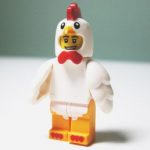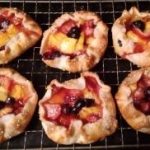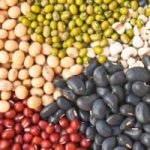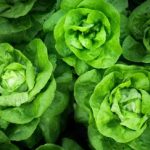
What is it about cooking challenges that gets students so excited? In my Career & Consumer Sciences class, my students always want to know if we are going to cook! In order to prepare them for adulthood and living on their own, I do incorporate some survival cooking! I try to teach them basic skills, preparing foods or meals that have a lot of versatility or options! My students love chicken tenders and so this challenge was well received and gave them some different ways of preparing chicken tenders using the same four ingredients. Of course, you don’t have to limit this challenge to one specific class or age group as it would work well with junior high level students too because of it’s simplicity!










